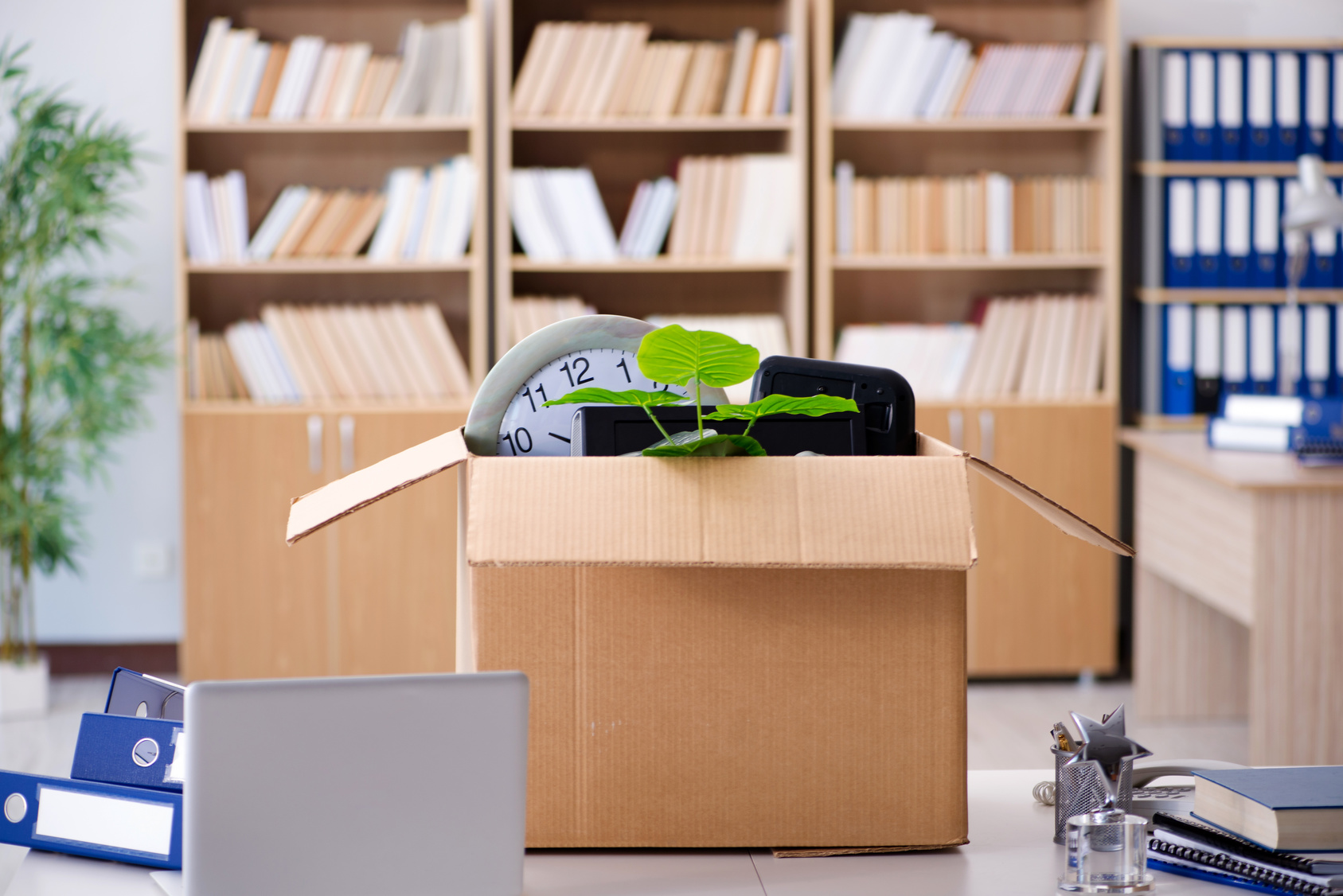
How to Safely Handle Sensitive Documents and Data During Your Office Move
How to Safely Handle Sensitive Documents and Data During Your Office Move
Written by Chicago Office Movers on . Posted in Office Moving
Moving your office is always a big deal — a fresh start, new opportunities, and maybe even a little excitement in the air. But beneath all that buzz is a serious responsibility: keeping your sensitive documents and data safe during the move. Whether you’re relocating inside Chicago or heading to one of its busy suburbs, protecting confidential information throughout the process is absolutely critical.
Let’s face it: office moves are chaotic. Boxes stacked in every corner, employees juggling their usual tasks while packing, IT scrambling to keep systems online. When sensitive data is involved, the stakes couldn’t be higher. A lost file, a stolen hard drive, or a document left unprotected can cost your business thousands, even millions — not to mention the damage to your company’s reputation, which is often much harder to fix.
So how do you protect your most valuable information during this hectic time? Let’s break it down into 7 essential steps based on industry best practices and real-world experience.
Why Sensitive Documents and Data Need Extra Care During an Office Move
Every day, your business handles a wealth of confidential information — from client contracts and employee records to financial reports, legal files, health information, and intellectual property. Mismanaging or losing any of these could lead to:
- Legal issues and fines. Regulations like HIPAA (for healthcare), GDPR (for EU data), FINRA (for financial institutions), and others impose strict rules on how sensitive data must be handled. Violating these can mean costly penalties and lawsuits.
- Broken trust. Clients and partners expect you to protect their data. A breach or leak can irreparably damage these relationships.
- Operational disruption. Losing key documents or access to critical data can halt your operations — sometimes for days or weeks.
The reality is simple: moving your office increases the risk of data being lost, damaged, or exposed. Without a clear plan, even one misplaced box or unsecured laptop could cause big problems.
The Challenges of Moving Sensitive Documents and Data
Moving sensitive information is not just about packing up paper. You’re dealing with:
- A huge volume and variety of data: From paper files to servers, laptops, external drives, and cloud systems.
- Multiple people involved: Departments, movers, IT specialists — the more hands touching your data, the greater the risk of something going wrong.
- Both physical and digital risks: Theft, damage, data corruption, accidental exposure, and cyberattacks can happen.
- Strict compliance requirements: Depending on your industry, the rules around data handling can be very complex.
7 Steps to Safely Handle Sensitive Documents and Data During Your Office Move
Step 1: Take a Complete Inventory and Classify Everything
You can’t protect what you don’t know you have. Start by conducting a thorough audit of all documents, devices, and storage media containing sensitive information.
- Walk through every department and list everything that holds sensitive data.
- Categorize files by sensitivity level — public, internal, confidential, or highly confidential.
- Decide which items can be archived, digitized, or shredded before the move to reduce physical handling and risk.
ℹ️Read: Best Practices For Managing Office Inventory and Supply
Step 2: Create a Clear Data Handling Plan and Assign Roles
A solid plan keeps everyone aligned and prevents mistakes.
- Appoint a data security officer or move coordinator who will be responsible for overseeing the protection of sensitive information.
- Develop step-by-step procedures for packing, transporting, and unpacking confidential materials, including secure packaging methods and labeling systems.
- Define who is authorized to handle sensitive items — limiting access lowers the chance of leaks or losses.
- Plan your move timing carefully to avoid busy or chaotic periods.
Step 3: Secure Physical Documents With Proper Packaging
Not all sensitive documents can be digitized or discarded — think original contracts, tax filings, or HR records. These need extra protection.
- Use lockable, tamper-evident boxes rather than standard moving cartons.
- Seal boxes tightly, and label them discreetly with coded markers to avoid drawing unwanted attention.
- Whenever possible, move these packages separately or with added security measures, like direct courier services or trusted movers trained in confidentiality.
ℹ️Read: 6 Mistakes to Avoid While Packing
Step 4: Protect Your Digital Data and Devices Like a Pro
Moving digital assets requires precision and care.
- Back up all data multiple times, including encrypted offsite or cloud backups, before the move.
- Encrypt laptops, external drives, and servers to prevent unauthorized access in case of loss or theft.
- Get your IT team involved or hire experts who specialize in relocating IT infrastructure — this minimizes downtime and safeguards data integrity.
- Transport digital devices in locked cases or containers, and track them carefully throughout the move.
Step 5: Maintain a Strict Chain of Custody
When sensitive materials change hands, errors and breaches happen if there’s no accountability.
- Keep detailed records of who packed, transported, and received each item.
- Use signed handoff forms at every stage to ensure accountability.
- Employ tracking technologies like barcode scanners or RFID tags for high-value or highly sensitive assets.
Step 6: Dispose of Unneeded Documents and Devices Securely
Don’t overlook the importance of secure disposal — throwing out sensitive info carelessly can be disastrous.
- Use NAID AAA-certified shredding and e-waste destruction companies to safely destroy paper documents and electronic devices.
- Obtain certificates of destruction to prove compliance with regulations.
- For hard drives and storage media, consider physical destruction if wiping data isn’t sufficient.
Step 7: Train Your Team Thoroughly
Even the best plans fail if your team isn’t on board.
- Educate everyone involved about the risks and proper procedures for handling sensitive data during the move.
- Reinforce confidentiality agreements and company policies.
- Provide clear contact points for questions or to report any suspicious activity.
Planning a Move? Let’s Make It Easy and Secure
Planning an office move in Chicago or suburbs or to a different location? We know how overwhelming it can be, especially when sensitive documents and valuable equipment are involved. That’s why Chicago Office Movers specializes in careful, detailed planning to ensure your move goes smoothly — with zero hassle and full protection of your important data.
From organizing and packing to secure transport and setup at your new location, we handle every step so you can focus on your business. Contact Chicago Office Movers today at (312) 244 2246 or fill a request online, and let’s start planning a move that’s stress-free and efficient.
Frequently Asked Questions
How do I track sensitive items during a multi-day office move?
Use a combination of barcode scanning, RFID tags, or GPS-enabled containers for high-value or sensitive assets. Maintaining a digital log of each item’s movement ensures nothing is misplaced or left behind.
Can cloud-based data help reduce risks during a physical move?
Yes. Storing critical files in secure cloud storage allows employees to access necessary information without transporting physical copies, reducing the risk of loss, theft, or damage.
How can I prevent insider threats during an office move?
The most effective way is to limit access to sensitive materials to authorized personnel only. Maintain a clear chain of custody and monitor handling through logs or electronic tracking. Remind staff of confidentiality policies to reinforce accountability.
Should old devices be transported or replaced before the move?
It is often better to replace outdated or end-of-life devices rather than transport them. Doing so reduces the risk of hardware failure, data breaches, and ensures that IT operations continue smoothly at the new location.
Contact Us
Related Services
- Corporate Moving
- Commercial Moving
- Reliable Commercial Storage
- Specialty Commercial Moving
- Furniture Assembly
- Movers for Office Renovation
- Machinery Moving
- Library Moving
- Lab Moving
- Server Room Moving
- Office Movers in Rosemont, IL
- Commercial Moving in Bolingbrook, IL
- Commercial Movers in Naperville, IL
- Commercial Movers in Des Plaines, IL
- Commercial Moving Services in Aurora, IL
- Schaumburg Office Movers
- Commercial Moving Services in Oakbrook, IL
- Commercial Movers in The North Shore
- Commercial & Office Moving Services Deerfield, IL
- Commercial & Office Movers in Hinsdale, IL
- Elk Grove Village Commercial Movers
- Furniture, Fixtures and Equipment Services
- Commercial Mover in Lincolnshire, IL
- Office Packers in Lincolnshire, IL
- Office Decommissioning in Lincolnshire, IL
- Professional Movers in Downers Grove, IL
- Moving Company in Chicago, IL

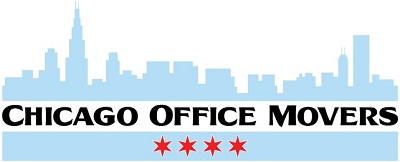







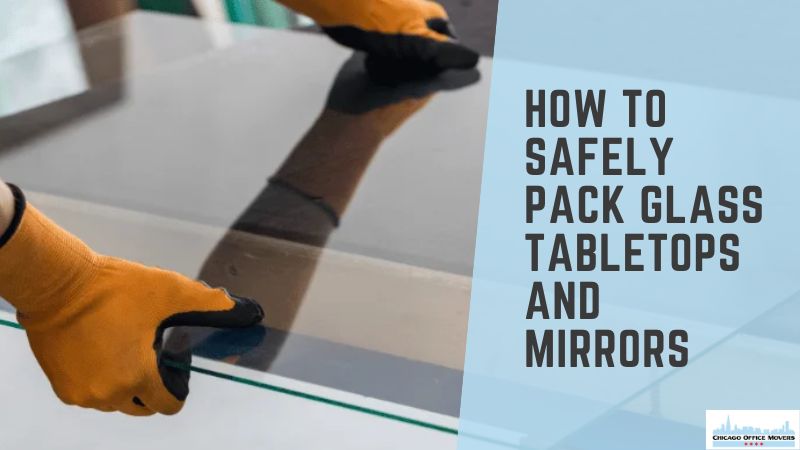
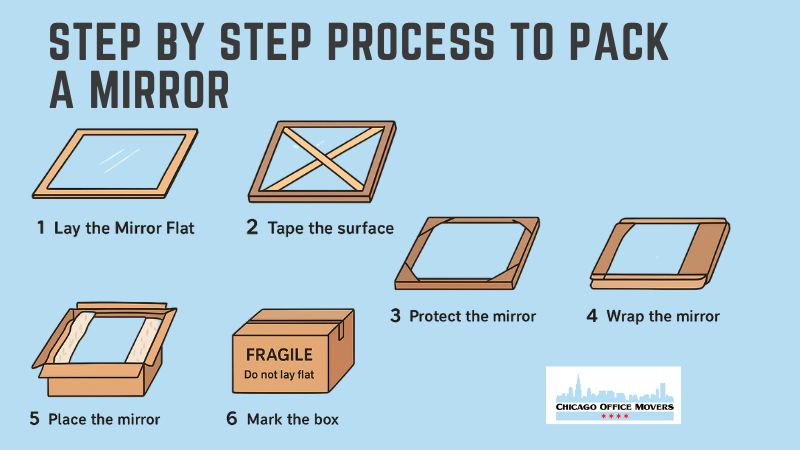


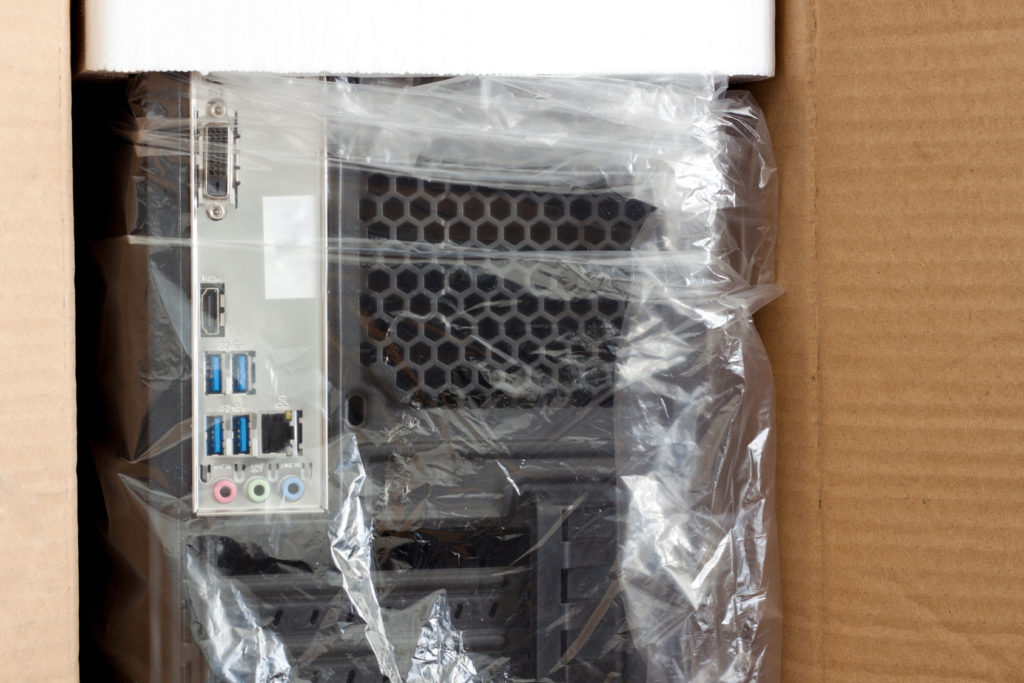 Business projectors are still in use in contemporary offices. LED projectors, multimedia projectors, and digital projectors are used during employee training or to make business and marketing proposals. Electronic devices, like paper shredders, destroy sensitive office documents and reduce clutter.
Business projectors are still in use in contemporary offices. LED projectors, multimedia projectors, and digital projectors are used during employee training or to make business and marketing proposals. Electronic devices, like paper shredders, destroy sensitive office documents and reduce clutter.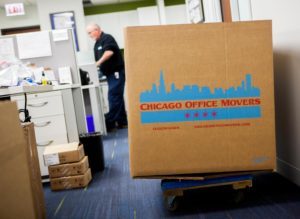 Chicago Office Movers handles a wide variety of
Chicago Office Movers handles a wide variety of 


